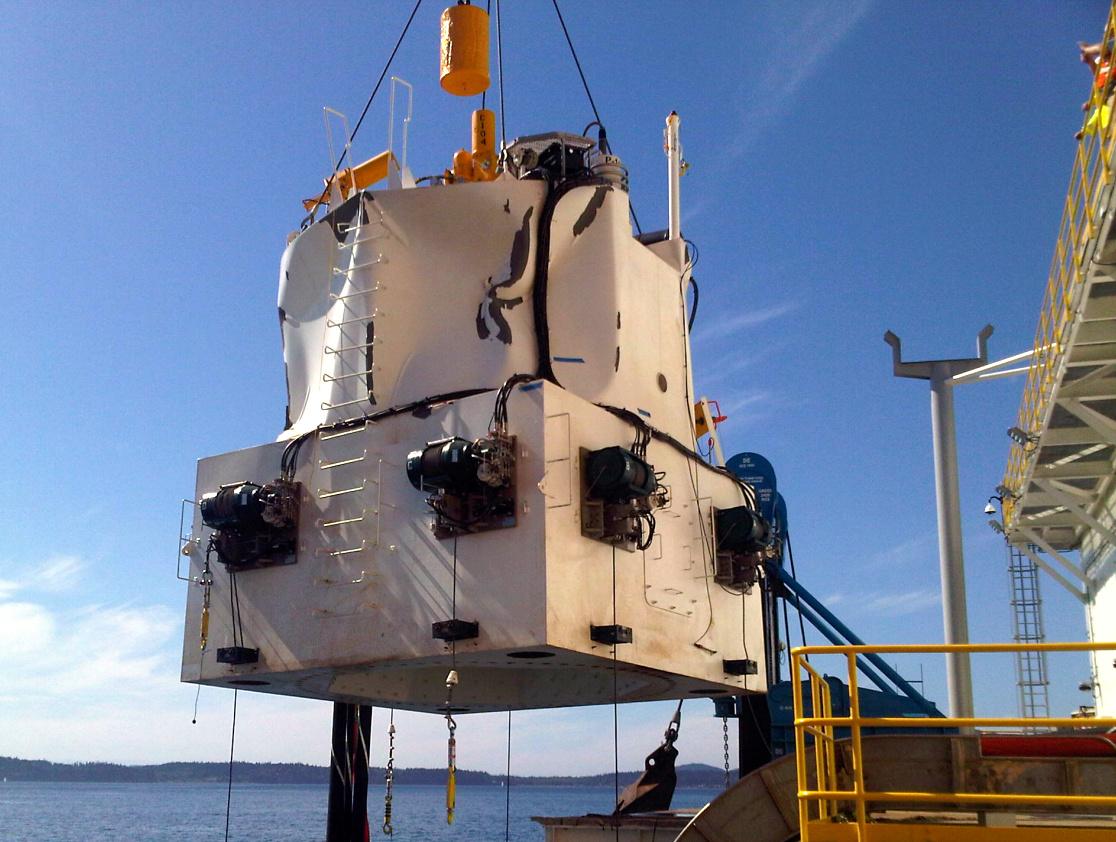Comment: Shell fights to prevent the release of Arctic drilling audit

Shell is fighting to prevent the public release of an audit of their Arctic drilling operations.
Last week, in response to Greenpeace’s Freedom of Information Act (FOIA) request, Shell argued to government regulators that the entire document is “confidential business information” and should be kept from public disclosure.
The problem is that – in order to comment on Shell’s Exploration Plan – the public should have had access to this document months ago.
The deadline for that passed on 1 May yet the government department in charge – Bureau of Safety and Environmental Enforcement (BSEE) – has had the first part of Shell’s audit since November 2014.
With Shell’s fleet already heading north to Alaska the failure to disclose is becoming more serious every day.
Read more:
- Shell’s Arctic exploration safety audit ‘kept under wraps’
- Energy Files: US government conceals concerns about Shell’s Arctic spill response system
- Comment: A history of screw-ups – and its own plans – raise doubts about the ability of Shell to safely drill in the Arctic
After Shell’s disastrous 2012 attempt at drilling in the Arctic Ocean — which ended with one of their drilling rigs beached on an Alaskan island and eight felony charges related to violations on the other rig — Secretary of the Interior Ken Salazar ordered a review of Shell’s operations to find out what went wrong, including an audit of Shell’s Safety and Environmental Management Systems (SEMS).
Audit needed before Shell’s return to the Arctic – auditors ‘handpicked’
The audit was designed to ensure “that the management and oversight shortcomings identified with respect to all aspects of the company’s 2012 operation have been addressed and that the company’s management structure and systems are appropriately tailored to Shell’s Arctic exploration program” – before the firm was to drill again in the Arctic.
The audit was meant to be a full third party assessment – but Shell paid for the audit and was allowed to handpick the auditor (Houston-based Endeavor Management).
A SEMS audit assesses the management and operational systems put in place on offshore oil rigs to protect worker safety and the environment, such as analysing potential hazards and operating procedures. The auditor will typically review documents and systems as well as conduct interviews and site visits.
Half of the audit might not arrive in time – while the other half is secret
It was also disclosed that the audit would be split into two parts. Stage 1 would take place in Shell’s Anchorage, AK office, and Stage 2 would take place on board the drillship Noble Discoverer once it was operating in the waters of the Alaskan Outer Continental Shelf.
The in-office portion of the audit was completed in 2014 and the audit report was provided to BSEE towards the end of that year. However, this document has never been made public and Greenpeace submitted a FOIA request for its release.
Despite the promise that the audit would be a requirement “before” Shell was allowed to return to the Arctic, Stage 2 has yet to be completed and will presumably happen this summer while Shell is drilling.
Shell says there’s no problem – while government sits on its hands
A government analysis found that there was a 75% risk of a large oil spill should the Chukchi Sea leases be developed over a 77-year period, and recent studies have found that harsh Arctic conditions would make it almost impossible to clean up an oil spill.
Government data show that oil spills, fires, explosions, loss of well control events, and worker injuries and fatalities remain far too common in the oil industry. Certainly, Shell’s 2012 campaign lends no confidence that the oil giant can competently manage the unique risks of drilling in the Arctic.
But thus far we have only public statements from Shell officials stating the audit found no issues and that they have learned the lessons of 2012.
In 2013 – following Shell’s 2012 drilling season – BSEE ordered that all offshore oil drilling operations be audited by an accredited audit service provider. Since then BSEE has released redacted versions of those audit reports through FOIA and posted them on its website.
The decision to release or redact Shell’s audit, however, is still in the hands of Interior Department lawyers. Shell may reap the benefits of oil production in the Arctic, but it is the inhabitants of Alaska’s North Slope, as well as the wildlife in the Chukchi Sea, who bear the risks of an oil spill. The public deserves to have access to this information.
Tim Donaghy is a senior researcher for Greenpeace US.
This is an edited version of a post published on Greenpeace US’ blogsite The Environmentalist.

